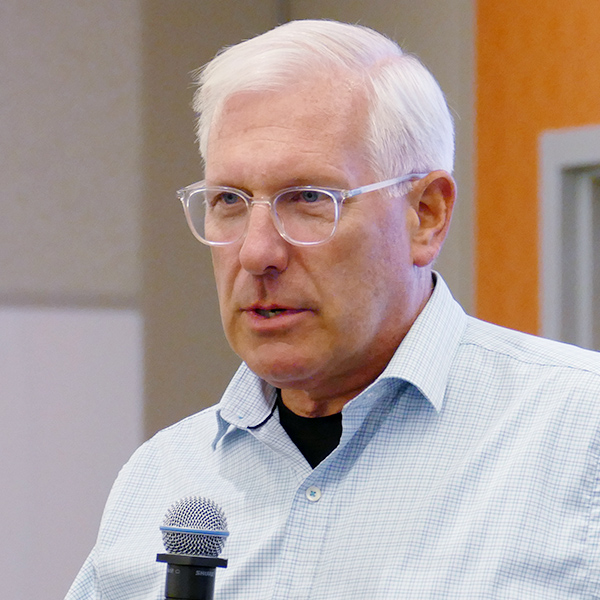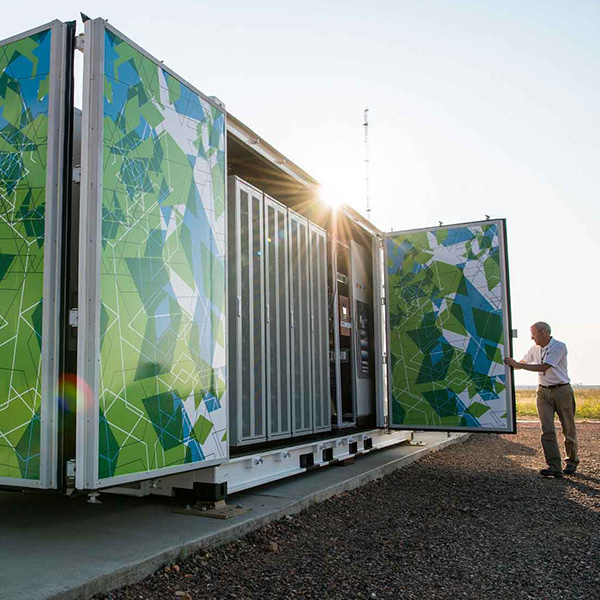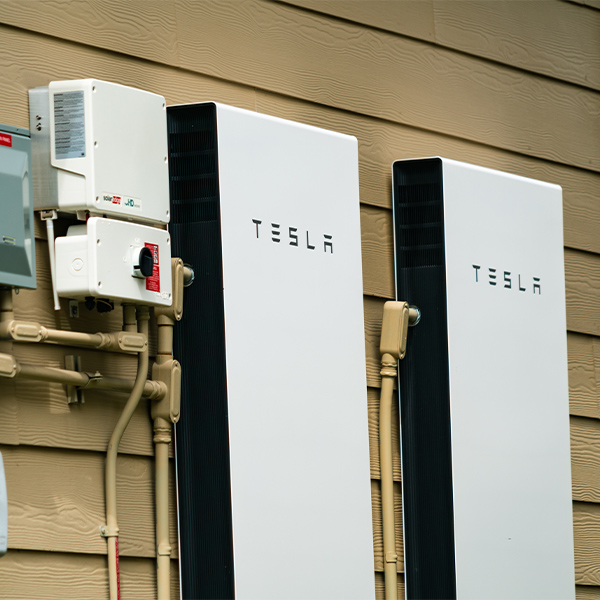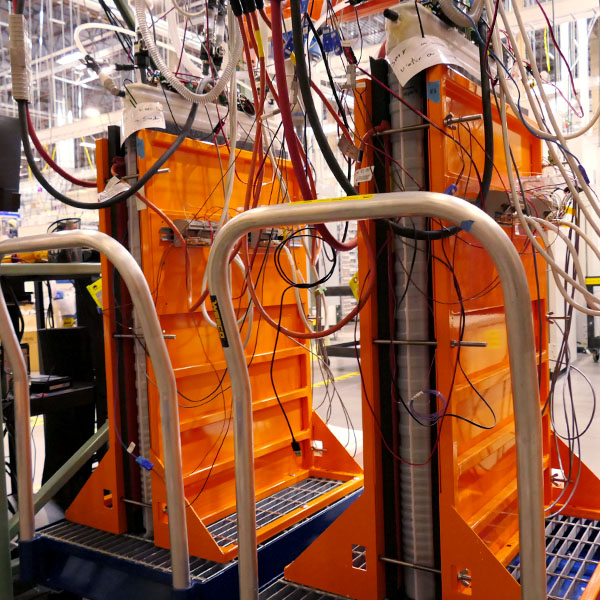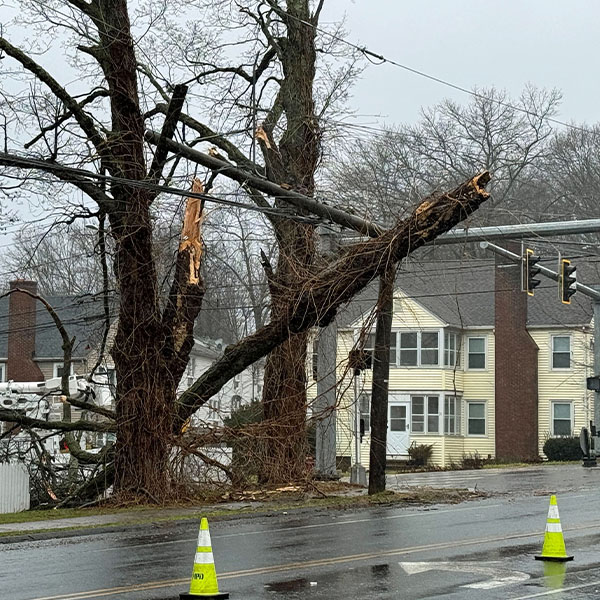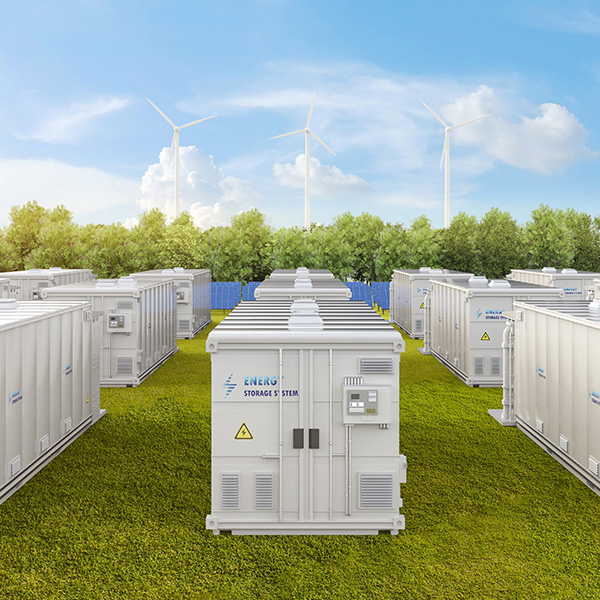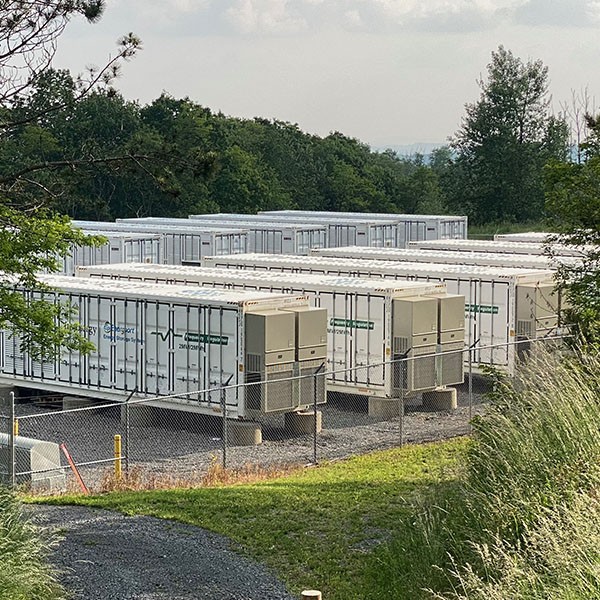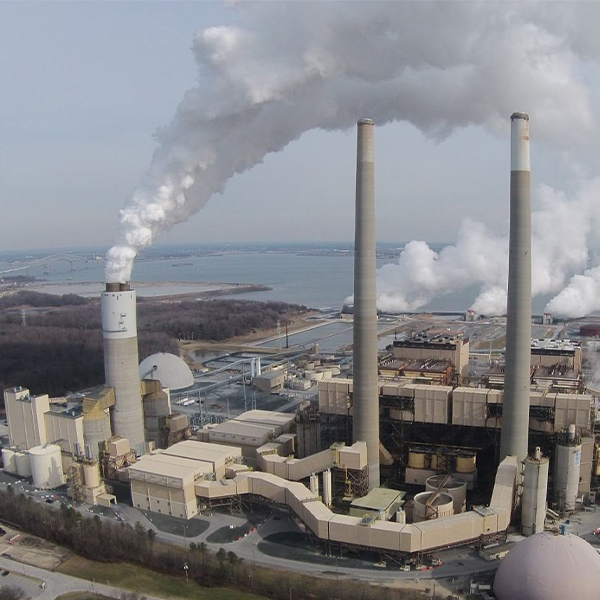battery storage
About four years after PJM stakeholders shelved deliberations on rules around how battery storage can be used to address transmission constraints, the topic has been reopened.
Massachusetts has some of the strongest incentives for storage resources in the country, but its storage programs are lagging in their focus on equity and environmental justice, according to a report.
Clean energy developers set a record for the second quarter with 11 GW of installations – up 91% from the same three months last year.
After writing 90 columns over 10 years, Steve Huntoon looks back at what he might have gotten right or gotten wrong.
A major multiday energy storage project in central Maine intended to ease congestion is moving forward thanks to $147 million in federal funding.
Just as PJM negotiated provisions for data centers, they must do the same for battery storage. PJM’s next Order 2023 compliance filing is the time to make this change, says the Union of Concerned Scientists' Mike Jacobs.
CAISO CEO Elliot Mainzer, ERCOT CEO Pablo Vegas and MISO's Todd Hillman joined a USEA webinar to discuss grid reliability amid increases in extreme weather and load growth.
As ISO-NE undertakes major capacity market accreditation reforms, New England storage developers are voicing concerns that potential flaws in the RTO’s modeling methodology could discourage new investments in storage resources.
New grid-scale battery storage in Maine would be cheaper than new fossil peaker plants when accounting for societal costs of air pollution and carbon emissions, according to a new report.
PJM is rejecting a study suggesting it could avoid extending the life of the Brandon Shores generator by installing storage and reconductoring several lines.
Want more? Advanced Search
